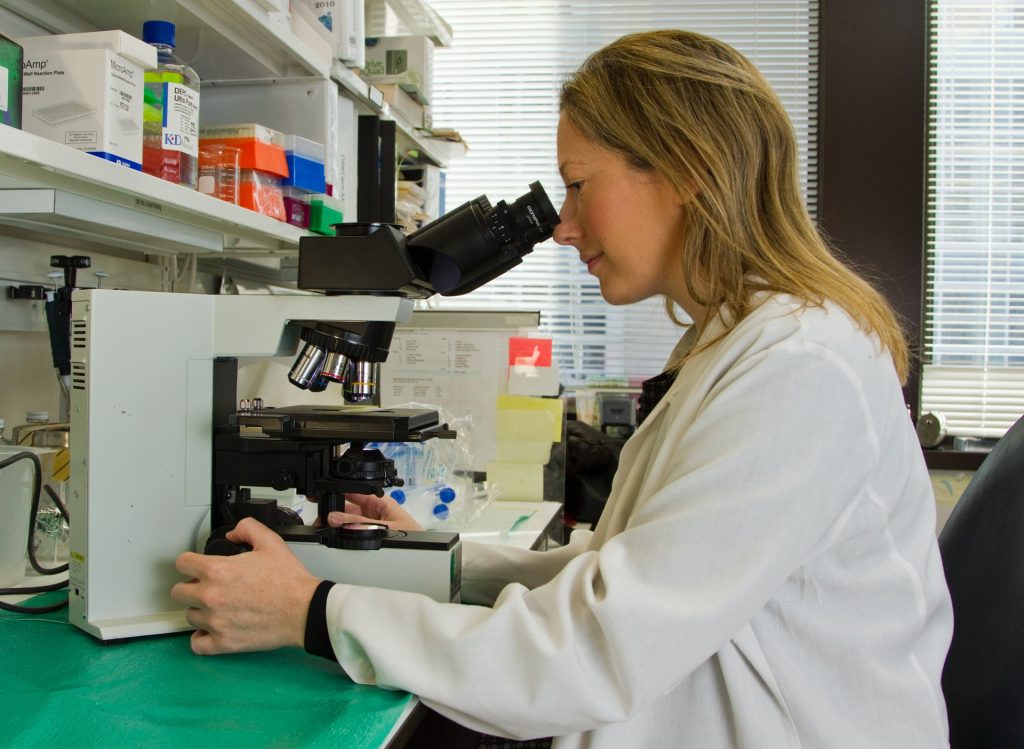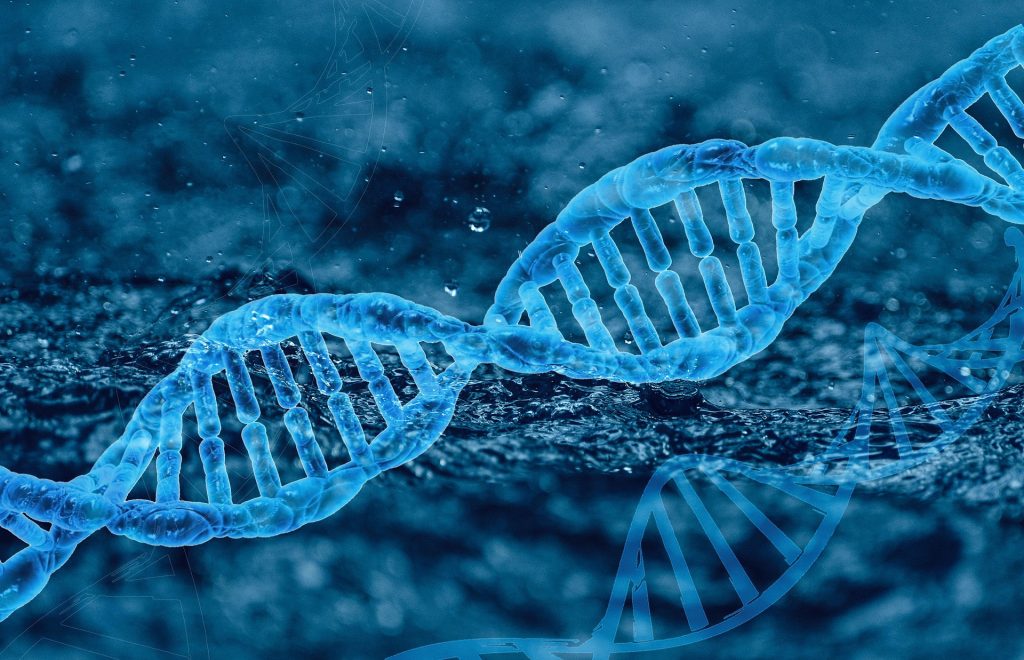Traitorous Immune Cells Explain Why the Elderly Feel the Cold

In a new study, Yale researchers found that the immune cells within fat that are designed to burn calories to protect us from cold temperatures start to turn against us as we age, making the elderly more vulnerable to the cold.
The study, published in Cell Metabolism, found that the fat tissue of older mice loses the immune cell group 2 innate lymphoid cells (ILC2) which restore body heat in cold temperatures. However, trying to stimulate production of new ILC2 cells in aging mice actually makes them more prone to cold-induced death, showing how difficult it is to solve aging-related problems.
“What is good for you when you are young, can become detrimental to you as you age,” said Vishwa Deep Dixit, the Waldemar Von Zedtwitz Professor of Comparative Medicine and of Immunobiology and co-corresponding author of the study.
Prof Dixit and former colleague Emily Goldberg, now an assistant professor at UCSF, were curious about why there are immune cells in fat tissue, as they are usually concentrated in pathogen-exposed areas like nasal passages, lungs, and skin. When they sequenced genes from cells of old and young mice they found that older animals lacked ILC2 cells, a deficit which limited their ability to burn fat in cold conditions.
When they introduced a molecule that boosts the production of ILC2 in aging mice, the immune system cells were restored but the mice were surprisingly even less tolerant of cold temperatures.
“The simple assumption is that if we restore something that is lost, then we are also going to restore life back to normal,” Dixit said. “But that is not what happened. Instead of expanding healthy cells of youth, the growth factor ended up multiplying the bad ILC2 cells that remained in fat of old mice.”
However, when ILC2 cells were taken from younger mice and transplanted into older mice, the older animals’ cold tolerance was restored.
“Immune cells play a role beyond just pathogen defense and help maintain normal metabolic functions of life,” Dixit said. “With age, the immune system has already changed and we need to be careful how we manipulate it to restore the health of the elderly.”
Source: SciTech Daily










